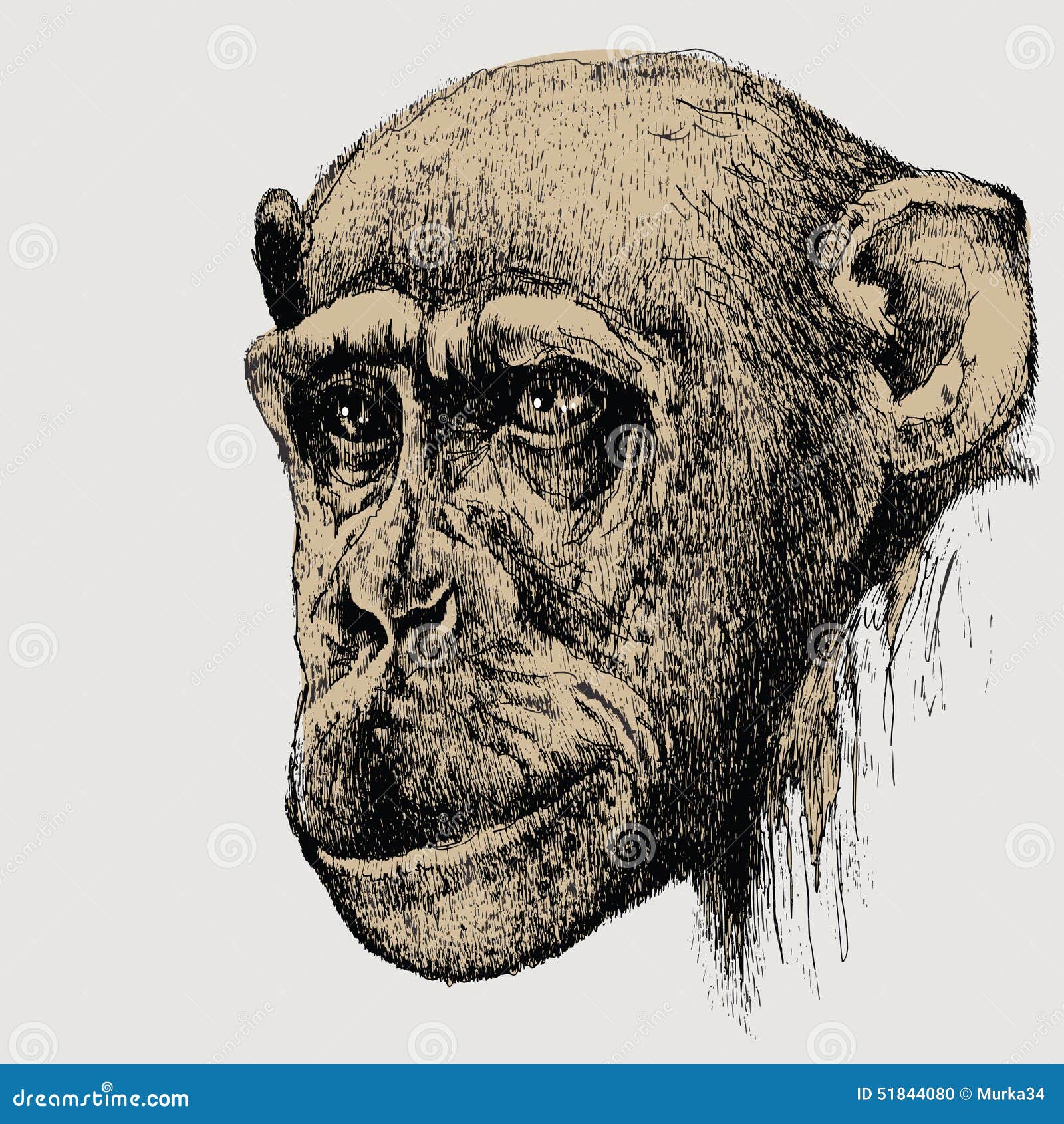

Raise your hands if you like going to the dentist. It keeps you turning pages with high risk and daring action, a klepto monkey named Roz, and a charismatic secondary character that threatens to steal the show.more

#Chimpanzee hand drawn series#
Surrounded by veiled threats, Matt and Miranda must find common ground in order to save Katanga, and both of their lives, before justice slips away.ĭiamond Legacy is the first stand-alone book in the Jewel Intrigue series and an unlikely romance between two opposites. When she comes between him and the vengeance he craves, sparks begin to fly. Posing as an employee, he had every intention of busting the source wide open.Ĭollision: He never expected to battle a stubborn vet, one who let nothing stand in the way of protecting her clientele. Diamonds always lead to weapons and he’d followed the trail straight to Katanga. He’s fiercely committed to avenging their deaths and curbing the cycle of violence threatening southern Africa. Merciless: Special agent Matt Bennett’s parents were murdered by a ruthless arms dealer when he was fourteen. But when she journeys to Katanga, an animal sanctuary in the heart of Botswana, she falls into a diamond smuggling operation and interferes with an undercover investigation. She’s fearless and will go anywhere an animal is in need. Until the day a protective zoologist stood in his way, forcing a choice he never intended to make.ĭriven: Miranda Parrish is a world-renowned veterinarian specialist with expertise in endangered species. But when she journeys to Katanga, an animal sanctuary in Diamonds ruined his life and he’s on a path of revenge. Driven: Miranda Parrish is a world-renowned veterinarian specialist with expertise in endangered species. Until the day a protective zoologist stood in his way, forcing a choice he never intended to make. “Watching him paint was like witnessing the birth of art.Diamonds ruined his life and he’s on a path of revenge. “Congo’s ability to make a controlled abstract pattern and then to vary it in different ways meant that inside the ape brain there was already an aesthetic sense-very primitive but nevertheless present in a non-human species,” Morris tells artnet News over email. In other words, it was the first time Congo made a purely artistic decision. The red, black, and yellow canvas from 1957 marked the first time Congo altered his classic fanned out pattern-a gesture apes make when spreading out leaves for a nest-in the name of composition. He’s holding onto one painting, though: Split Fan Pattern with Central Black Spot. (The majority of Congo’s works were sold in 1957 after appearing in the Morris-curated exhibition “Paintings by Chimpanzees” at the Institute of Contemporary Arts in London.) “I now would rather that the paintings and drawings be made available to other collectors, to whom I hope they will bring as much pleasure as they have to me,” says Morris of his decision to part with his collection now.

Congo died from tuberculous in 1964 at the age of 10. Morris’s findings were collected in his seminal 1967 book The Naked Ape: A Zoologist’s Study of the Human Animal.


 0 kommentar(er)
0 kommentar(er)
